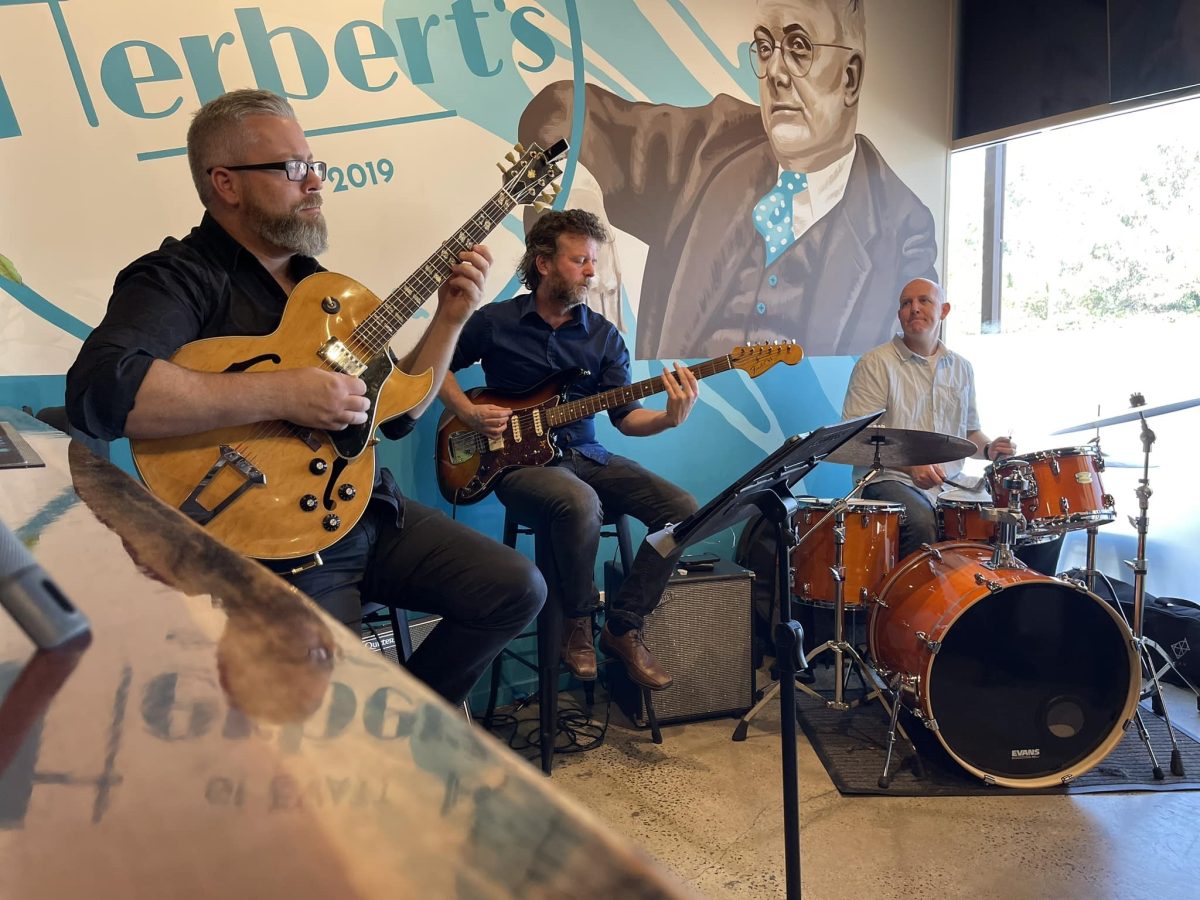
Changes in noise limits could result in more live entertainment for Canberra. Photo: Herbert’s at Evatt / Facebook.
Louder entertainment noise limits could be coming to parts of Canberra in an effort to boost the city’s night-time economy.
The ACT Government is expected to soon release a discussion paper about noise settings in the entertainment precincts of Gungahlin and Civic, which have been legislated in the Territory Plan.
Business and Better Regulation Minister Tara Cheyne explained a “core and frame” model would be put to the community when looking at appropriate noise limits.
“The frame is the entire entertainment precinct, and the core is a smaller area in the precinct where there is a real density of live music and activity,” she said.
It will be proposed that core areas have a louder noise limit for longer, while the surrounding frame would have some noise but also act as a buffer for residents outside the entertainment precinct.
Consultation will be held over the summer, and amendments are expected to be made to current noise limits to support a diversity of entertainment in Canberra.
According to the Territory Plan, night-time activities include restaurants, cafes, bars, nightclubs, retail, live music, cultural events and more.
The City Centre entertainment precinct is bound by Cooyong and Akuna Streets, along with Northbourne Avenue, and includes the Melbourne Building and Constitution Place establishments.
This area of the plan is focused on making Civic a “destination for entertainment and culture” and noted the noise standards in the precinct were “evolving”.
It outlines several factors that must be considered to ensure the arts are supported without overly compromising the well-being of residents.
“All noise emitting and receiving development must demonstrate how low-frequency noise associated with live entertainment and amplified music has been considered and applied in building design, siting and materials [to] mitigate noise impacts in new residential development with architectural elements such as winter gardens and locating main habitable rooms away from noise emitting venues or open spaces,” the plan stated.
The Gungahlin entertainment precinct covers the major commercial, services and night-time economy hub within the Gungahlin Town Centre and is yet to be fully implemented.
The potential increase of noise limits is music to the ears of the entertainment industry.
Music ACT president David Caffrey said he’d been asking for entertainment precincts to be established for more than 15 years and felt the core and frame model took into account how sound actually works.
“Sound doesn’t stop at an invisible line on a map, so it needs a long buffer area, and I think the core-and-frame model is a really smart way of dealing with that,” he said.
Mr Caffrey said current sound levels needed to be raised for Canberra to be a competitive and attractive place for the arts to thrive.
“We can’t have business-as-usual because business-as-usual in the music industry in Canberra has been difficult,” he said.
“This is a game changer for Canberra … Businesses are going to be able to invest in the music industry and the entertainment precincts, they’re going to be able to make Canberra an excellent place to go out at night and to know that apartments aren’t going to shut down venues.
“Music should be able to live in the city.”



















